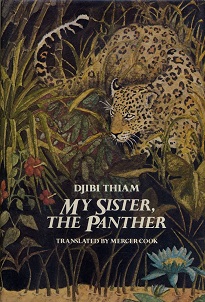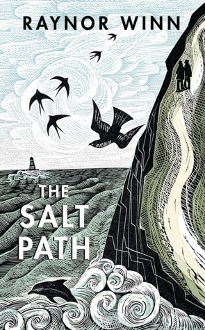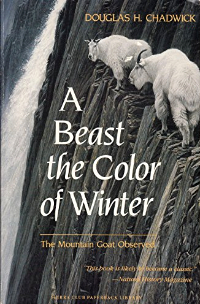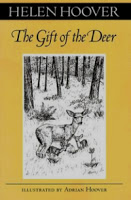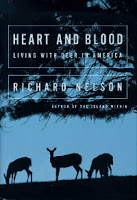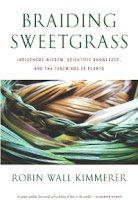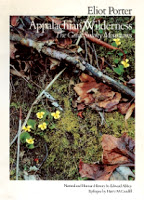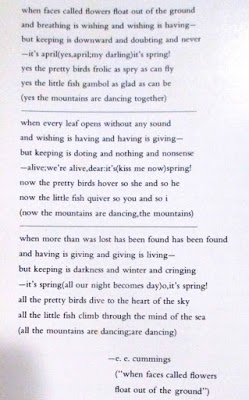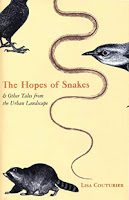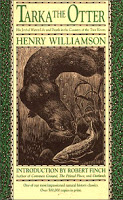A story from Guinea, set in a small village called Koundjea. The protagonist is a man named Bamou, who lives with his wife and young son in a hut. One night a leopard kills their dog, right outside the door. Next morning the man tracks it, confirming the predator’s identity and locating where it is hiding- in a sacred part of the forest. The people are deeply troubled, as the leopard is their tribal totem, they believe the animal is supposed to protect them. Never had conflict with one before. This particular leopard appears to be injured and soon they hear of a hunting party from another village seeking the leopard, that it’s been killing people. Bamou knows the leopard is a serious threat and must be dealt with immediately, but he also feels compelled to treat it with the utmost dignity and respect, because of their tribe’s reverence for the animal. He meets with a village elder for advice, performs sacrifices to appease the gods and spirits, then drinks tea with a special herbal concoction to keep him alert. Then tracks the leopard down. Alone.
Reading this book was an odd disconnect. The style of it reminded me very much of Things Fall Apart (which I read long ago in high school)- simple words and plain sentences, which belie the actual depth of the story. I liked the glimpse into everyday lives in this small settlement deep in the bush, the people’s deeply held superstitions and beliefs, their formalities and kindnesses, supporting each other. The role of the blacksmith was particularly interesting. It’s full of details on the natural surroundings and wildlife Bamou encounters as he follows the leopard- keenly aware of all the animals, their usual habits, what their behavior tells him, and what the leopard herself is doing. A lot of the narrative is the main character talking as if musing to himself or relating what happened to a listener. I found it a bit difficult to connect with, as if I read it all at arm’s length, interested but unable to really sink into it. Bamou does face the leopard in the end, armed with several weapons- including poison-tipped arrows which he doesn’t use, thinking this isn’t fair to the animal! though he well knows the leopard holds the advantage in speed and strength, even with her injury. This book reminded me a lot of The White Puma, and I also kept thinking of The Man-Eating Leopard of Rudraprayag, comparing the two different leopard encounters in my mind, with their contrasting hunting styles and attitudes of men, towards this dangerous and beautiful predator.
Borrowed from a person I know.
